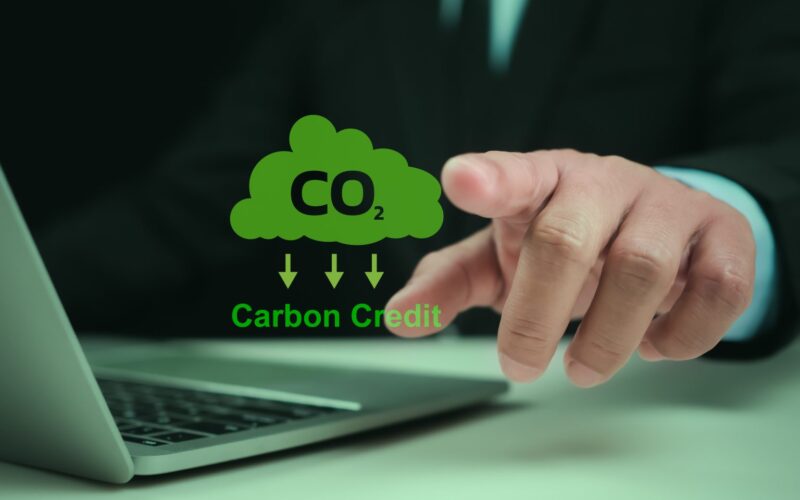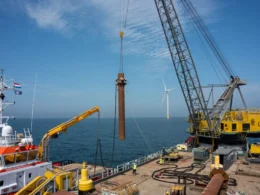Europe’s carbon market is on the verge of a significant shift in pricing, attracting increasing investor attention, according to Michele Della Vigna, EMEA head of natural resources research at Goldman Sachs Group Inc.
Della Vigna said in an interview that the EU is moving away from the historical pattern where lower gas prices led to lower carbon prices.
The development reflects the changing dynamics affecting the carbon market, including shrinking emissions caps, with industry replacing power producers as the biggest buyers of permits to pollute, as well as “a complete change in the gas market,” he said.
Investors have been purchasing carbon allowances in anticipation of rising prices. Della Vigna noted that carbon allowances traded on the EU Emissions Trading System (ETS) can become valuable assets if prices are expected to climb, which is Goldman Sachs’ outlook.
The energy investment surge triggered by Russia’s invasion of Ukraine has accelerated Europe’s efforts to address supply gaps. This has not only increased renewable energy production but also improved the outlook for gas supply, following its approval in the EU’s green taxonomy. Goldman Sachs forecasts that infrastructure investments will boost global liquid natural gas supplies by 50% over the next five years, potentially halving gas prices in that timeframe.
This shift will have significant implications for inflation and carbon prices. Della Vigna said that assuming a 50% decline in the price of gas, “then actually even with a higher carbon price, we would see no inflation in energy in Europe, no hit” to consumers or industry. If anything, the higher carbon price will be a helpful way to make sure power prices don’t fall so much that the development of renewable power becomes challenged from an economics perspective.”
However, concerns about inflation may limit how high the carbon price can rise in a high-energy-price environment. Cheaper gas could actually drive higher carbon prices, as it would allow European heavy industry to recover, increasing emissions and tightening the carbon market starting in 2026.
“Industry has gone back into properly developing a new infrastructure for liquefied natural gas,” Della said. And that “is now about to all come on stream.”
The new infrastructure for liquefied natural gas is expected to come online soon, which could push carbon allowance prices on the EU ETS to as much as €130 per ton by 2028, up from the current average of €66 per ton, according to BloombergNEF. The EU’s carbon market is anticipated to tighten considerably as the bloc works towards its net-zero emissions goal by mid-century. BloombergNEF analysts project that carbon prices could reach nearly €150 by 2030.
In addition to tighter supply, prices will be influenced by increasing compliance requirements for industries with costly emission reduction options compared to the power sector, according to Huan Chang of BloombergNEF.
“Clearly in a surplus the market tends to be weaker, and that’s what we’ve seen in the last couple of years,” Della Vigna said. But from 2026, that surplus is likely to “turn into a deficit,” he said.
“Carbon allowance prices are currently depressed after the EU brought forward some supply to help generate revenue for member states and move away from Russian energy supplies,” Chang said. “And for many industries, it’s still cheaper to exceed emissions caps than it is to invest in decarbonizing technologies. But with higher prices for carbon allowances, that looks set to change.”
Emissions covered by the EU ETS fell by 16% last year, marking the largest annual decline on record. The EU aims to cut emissions by at least 55% by 2030 and is gradually reducing ETS allowances to drive sectoral decarbonization. Since the ETS began in 2005, emissions from covered companies have dropped by 41%, contributing to a 28% decrease in total EU emissions. The ETS’s coverage has expanded over time, with shipping recently added.
“So far, cuts in emissions have been relatively simple to achieve, since the financial incentive to decarbonize power generation requires carbon prices between €30 and €80,” Della Vigna said, adding, “Now we are starting to come to the point when we need to decarbonize industry, and that requires prices, we think, in the €100 to €130 per ton range. That level would also make large-scale carbon capture and storage profitable.”





















